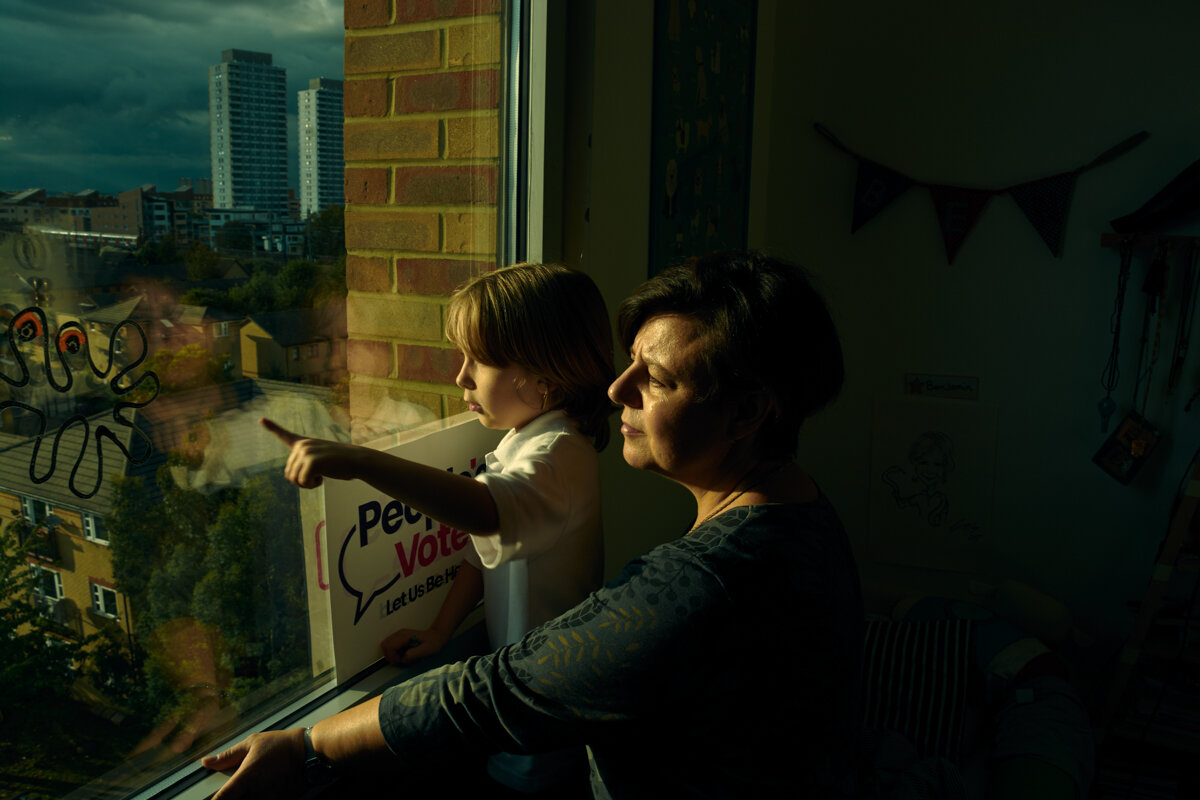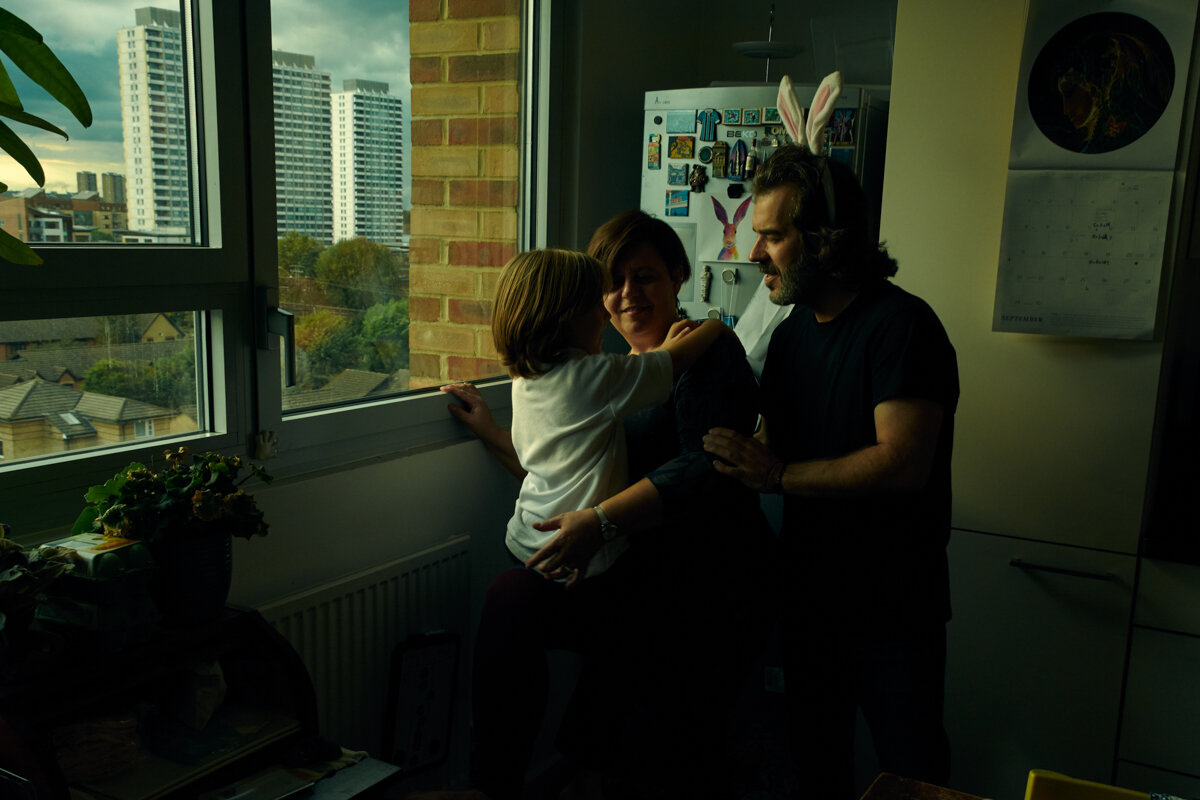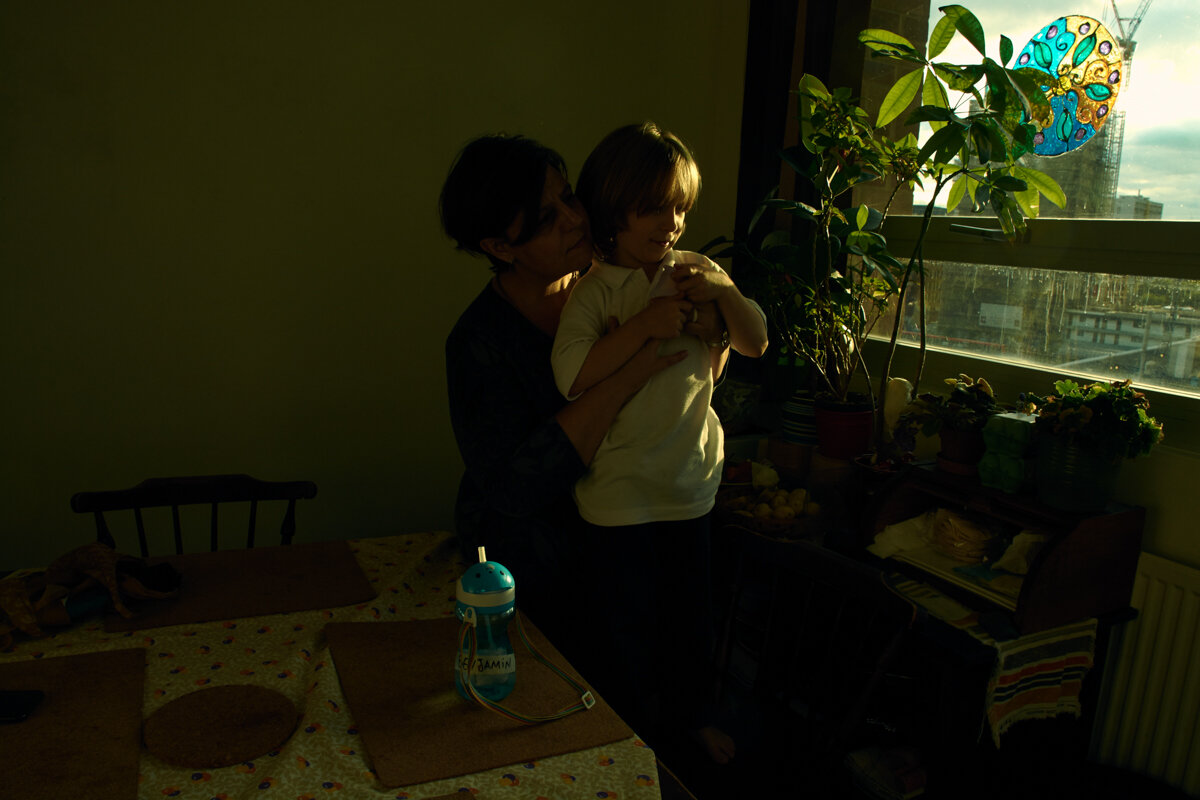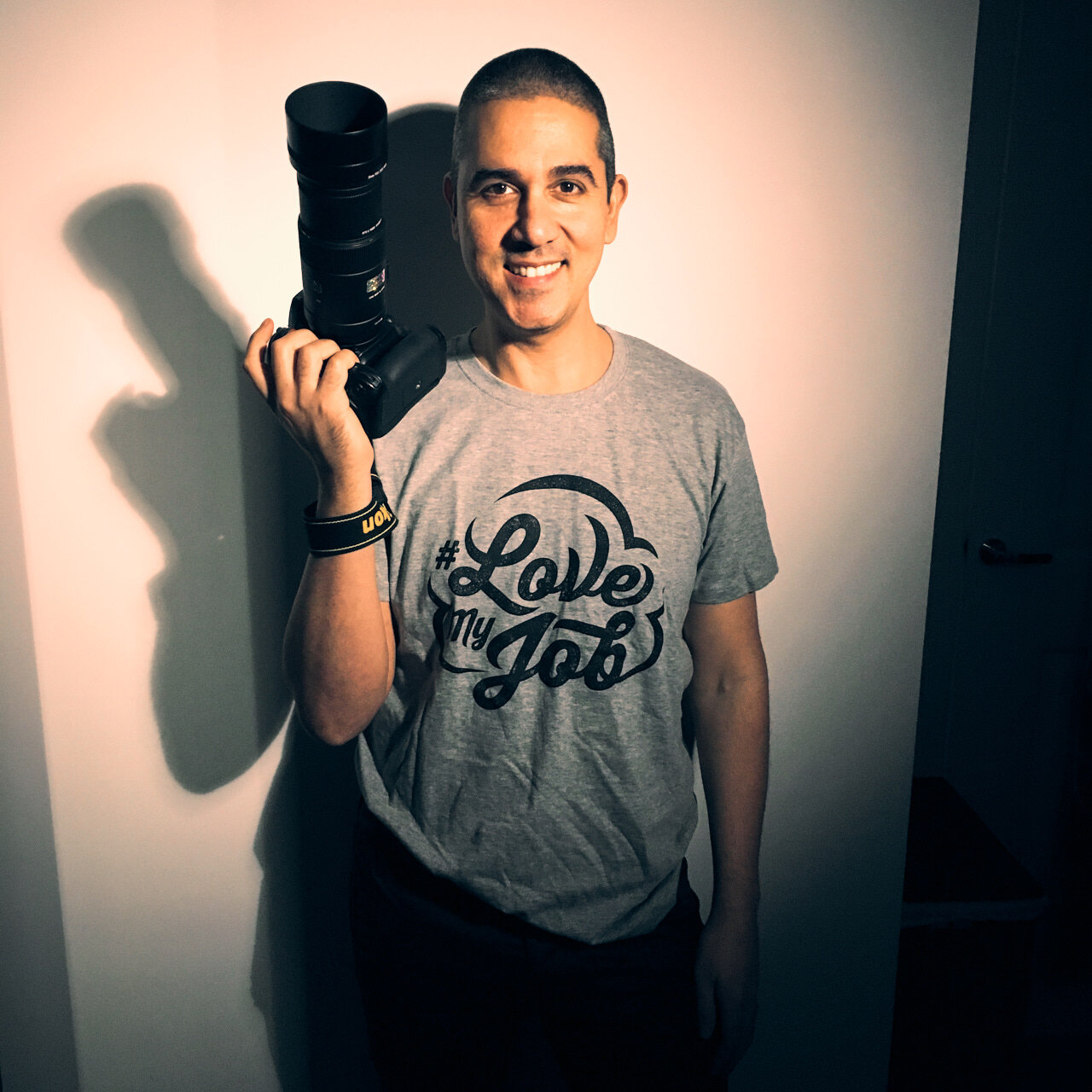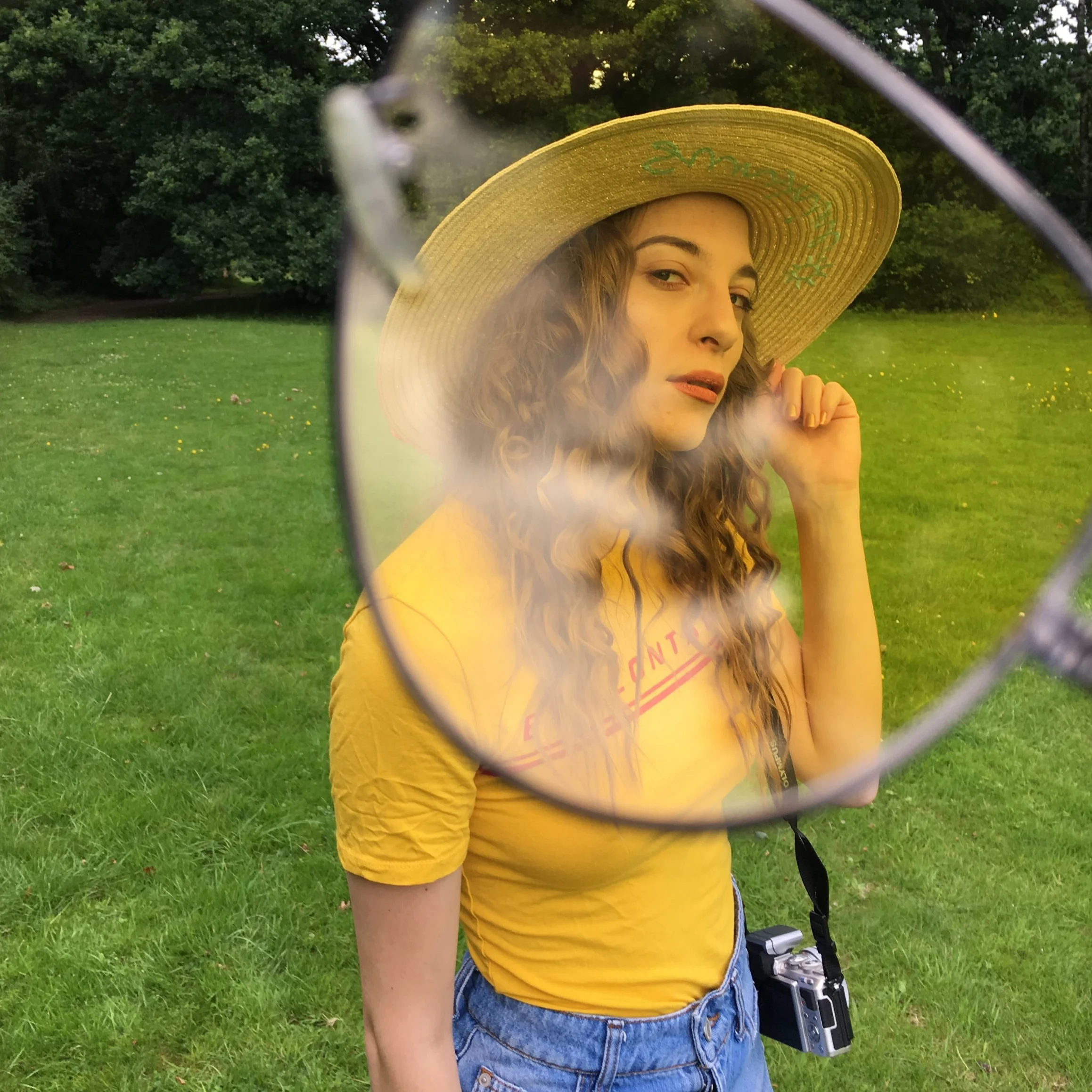When people ask me how did I go from working in a different industry and in a different country to starting a photographer career in the UK, I always feel like they want me to share a secret formula that will make all their dreams come true. The reality is that there aren't any formulas or magic tricks. You just have to want it as if your life depended on it. But, even if there are no secret formulas, there is a very powerful tool that you can add to your business skills toolset that will definitely have an impact on the success rate of your projects. Networking.
When I arrived in London at almost 40 and without knowing anyone in the business, I knew that I had a significant disadvantage in comparison to other fellow photographers. I didn't have a history in the UK, I was new, and I didn't know anyone from school, uni or from being brought up here. So, my solution to that lack of connections was to network like crazy. I literally typed in Google 'networking events for photographers in London' and started going to as many events as I could possibly fit in my diary.
Armed with a set of freshly printed business cards, I went from event to event introducing myself to as many people as I could. To this day, some of those connections that I made are still active, and I've made some really good friends from those interactions.
Apart from going to networking events, I’ve also joined professional communities and trade organisations that have helped me grow my network and strengthen my connections within the industry. Here are some of the communities that I’ve found the most useful:
The Freelancer Club: in 2008, Matt Dowling unsuccessfully spent his last £300 on a lawyer to recover £11,000 that was owed to him from an unpaid invoice. Not long after, Matt met Nina, a freelance model who had her own set of freelance challenges. They shared their experiences and wrote a list of all the things they wished they had access to when they started out. They always wanted Freelancer Club to be more than just a jobs board and vowed to dedicate their efforts to freelancers who felt helpless, lost or frustrated. Today, Freelancer Club is a creative network that campaigns to end exploitative unpaid work and has become one of the leading voices in the creative freelance community.
The London Creative Network: LCN is a development programme for creative practitioners in London. Delivered by SPACE, with Cockpit Arts, Four Corners and Photofusion, and part-financed by the European Regional Development Fund Programme from the EU.
The Association of Photographers - AOP: The Association of Photographers is one of the most prestigious professional photographers' associations in the world. It aims to promote and protect the worth and standing of its members, to vigorously defend, educate and lobby for the interests and rights of all photographers, especially in the commercial photographic industry.
The Trampery: The Trampery is a London-based social enterprise, specialising in shared workspace and support for entrepreneurs and creative businesses. They run Pathways, a learning programme designed to provide the space, resources, tools, time and support network for entrepreneurs who are doing pioneering work. The programme is funded by the European Regional Development Fund from the EU.
The Societies: The Societies of Photographers is a group of organisations that encourage high professional standards and ethics in photography by providing continued training programmes for experienced professionals along with the newcomers to the business. The Societies of Photographers annual Convention is a four-day action-packed programme where brands and peers show the latest in trends, technology and design.
The Boxed Community: the newly formed Boxed Community is a curated online community and virtual co-working space that provides support and development for entrepreneurs (startups, freelancers, and their teams) through ongoing learning programmes, business and personal development support as well as access to fellow members internationally. For more information, or to get on the waiting list, contact nicole@boxedcommunity.com
As Isa Rae, the producer and actress known for Insecure, says: we have to build connections with the people around us who are as hungry as we are. So, go out and meet them!
Do you like what you just read? Consider becoming a patron on patreon.com/jccandanedo where you can learn more about my creative process and the stories behind my images. I’d love to have you as part of my Patreon community.
You can also subscribe to my weekly blog posts here!





